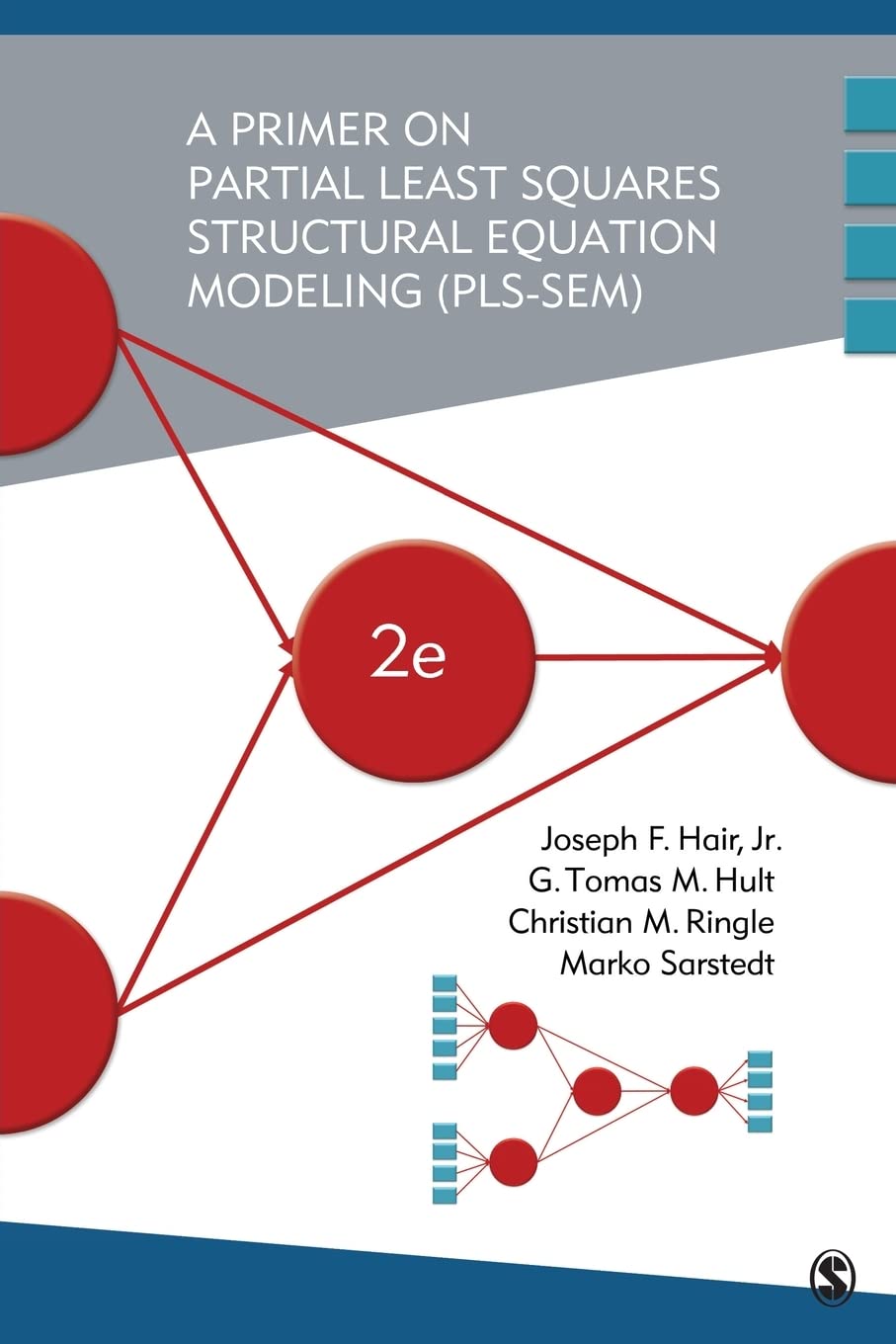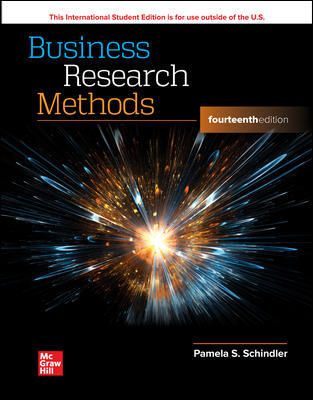Chapter 1: An Introduction to Structural Equation Modeling
What Is Structural Equation Modeling?
Considerations in Using Structural Equation Modeling
Structural Equation Modeling With Partial Least Squares Path Modeling
PLS-SEM, CB-SEM, and Regressions Based on Sum Scores
Organization of Remaining Chapters
Chapter 2: Specifying the Path Model and Examining Data
Stage 1: Specifying the Structural Model
Stage 2: Specifying the Measurement Models
Stage 3: Data Collection and Examination
Case Study Illustration: Specifying the PLS-SEM Model
Path Model Creation Using the SmartPLS Software
Chapter 3: Path Model Estimation
Stage 4: Model Estimation and the PLS-SEM Algorithm
Case Study Illustration: PLS Path Model Estimation (Stage 4)
Chapter 4: Assessing PLS-SEM Results Part I: Evaluation of Reflective Measurement Models
Overview of Stage 5: Evaluation of Measurement Models
Stage 5a: Assessing Results of Reflective Measurement Models
Case Study Illustration—Reflective Measurement Models
Running the PLS-SEM Algorithm
Reflective Measurement Model Evaluation
Chapter 5: Assessing PLS-SEM Results Part II: Evaluation of the Formative Measurement Models
Stage 5b: Assessing Results of Formative Measurement Models
Bootstrapping Procedure
Bootstrap Confidence Intervals
Case Study Illustration—Evaluation of Formative Measurement Models
Chapter 6: Assessing PLS-SEM Results Part III: Evaluation of the Structural Model
Stage 6: Assessing PLS-SEM Structural Model Results
Case Study Illustration—How Are PLS-SEM Structural Model Results Reported?
Chapter 7: Mediator and Moderator Analysis
Mediation
Moderation
Chapter 8: Outlook on Advanced Methods
Importance-Performance Map Analysis
Hierarchical Component Models
Confirmatory Tetrad Analysis
Dealing With Observed and Unobserved Heterogeneity
Consistent Partial Least Squares





